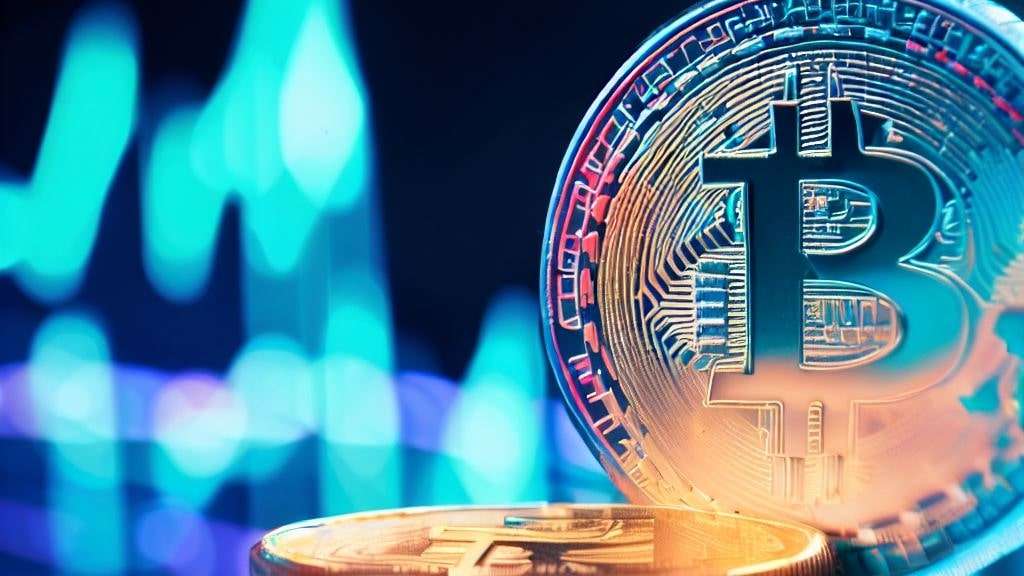
In a day marked by stability in the cryptocurrency markets, the latest data on US inflation revealed a subtle uptick. The Bureau of Labor Statistics (BLS) reported that the Consumer Price Index (CPI) inched up by 3.7% over the year to August, slightly surpassing economists’ expectations of a 3.6% increase. This uptick in August was primarily attributed to higher gasoline prices, with the index rising by 0.6% on a month-on-month basis.
Despite this economic data, the world of cryptocurrencies appeared to shrug off any significant impact. Bitcoin (BTC) maintained a trading price of approximately $26,270, marking a modest 1.6% increase over the previous day. Ethereum (ETH) also showed resilience, experiencing a 1.9% gain and hovering around the $1,620 mark.
As the Federal Reserve prepares for its upcoming interest rate announcement scheduled for September 20, the CPI report, along with other economic indicators like the US labor market and recent Personal Consumption Index (PCI) figures, will play a pivotal role in shaping monetary policy. With inflation surging to 9.1% in June, the highest annual increase since 1981, the Federal Reserve has maintained a firm stance on monetary policy adjustments. The intention behind raising interest rates is to temper economic growth by increasing the cost of borrowing.
The impact of higher interest rates extends beyond traditional financial assets and encompasses cryptocurrencies, as well as other risk assets like equities. Cryptocurrencies find themselves under pressure as US Treasuries become more attractive to investors. Despite experiencing a considerable decline since June, inflation continues to hover above the Federal Reserve’s annual target of 2%.
In a notable move, the Federal Reserve raised its benchmark interest rate to a range between 5.25% and 5.5% in July, marking a high not seen in 22 years. This decision came after a skipped rate hike in June, which was the first time the Federal Reserve had refrained from increasing rates in 18 months.
Currently, traders are placing a 91% probability on the Federal Reserve maintaining rates at the upcoming meeting, with a mere 5% chance of a rate cut projected for January of the following year, according to the CME Group’s FedWatch Tool.
Navigating the Cryptocurrency Landscape Amid Economic Flux
The cryptocurrency market has long been recognized for its resilience in the face of economic turbulence. While traditional financial markets react to inflationary pressures and monetary policy changes, cryptocurrencies have often shown a tendency to chart their own course.
The recent stability in cryptocurrency prices following the modest rise in US inflation underscores this unique characteristic. Bitcoin and Ethereum, the two largest and most widely recognized cryptocurrencies, have demonstrated their ability to remain robust even in the presence of economic uncertainty.
Bitcoin’s Price Resilience
Bitcoin, often referred to as digital gold, has consistently drawn comparisons to traditional store-of-value assets like gold. As a finite digital asset with a capped supply of 21 million coins, Bitcoin is viewed by many as a hedge against inflation and economic instability. This perception has contributed to Bitcoin’s ability to maintain its value and exhibit resilience in the face of macroeconomic events.
Ethereum’s Steady Climb
Ethereum, the second-largest cryptocurrency by market capitalization, has also displayed resilience in the midst of economic fluctuations. Ethereum’s blockchain technology, which underpins a wide range of decentralized applications (dApps) and smart contracts, has cemented its position as a vital component of the cryptocurrency ecosystem. This utility-driven demand for Ethereum has contributed to its steady price performance.
Market Sentiment and Future Outlook
While cryptocurrency prices have held their ground, market sentiment remains cautiously optimistic. Traders and investors are keenly observing the Federal Reserve’s actions and the broader economic landscape for potential developments that could sway the cryptocurrency market in either direction.
The Federal Reserve’s interest rate decision on September 20 will undoubtedly be a key factor influencing market sentiment. If the central bank proceeds with maintaining interest rates, it could provide temporary relief to the cryptocurrency market, as it would imply continued access to relatively inexpensive capital. Conversely, any unexpected interest rate hikes could exert downward pressure on cryptocurrency prices as investors explore alternative investment options.
Additionally, the ongoing debate surrounding cryptocurrency regulation and adoption continues to influence market sentiment. As governments and regulatory bodies grapple with defining their stance on cryptocurrencies, market participants are closely monitoring regulatory developments that could impact the industry’s long-term trajectory.
In Conclusion
The cryptocurrency market’s resilience in the face of a marginal uptick in US inflation reflects its unique standing within the financial landscape. Despite economic fluctuations and the Federal Reserve’s evolving monetary policy, cryptocurrencies like Bitcoin and Ethereum have demonstrated their ability to maintain stability and remain attractive to investors.
As market participants await the Federal Reserve’s upcoming interest rate decision, the cryptocurrency landscape remains characterized by cautious optimism. Cryptocurrency prices, while subject to short-term fluctuations, continue to reflect the broader trends of digital assets gaining acceptance as alternative stores of value and investment options in an ever-changing financial world.



Get the latest Crypto & Blockchain News in your inbox.